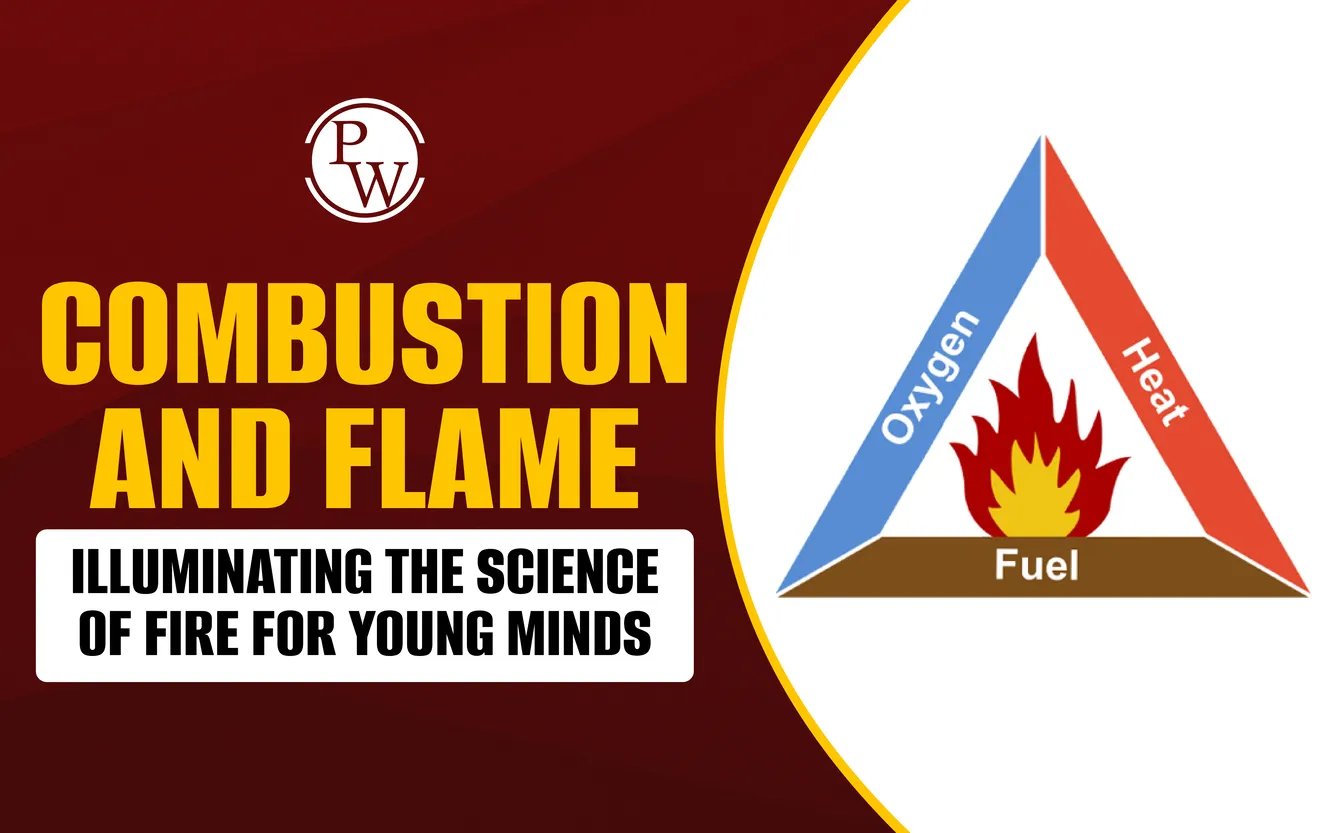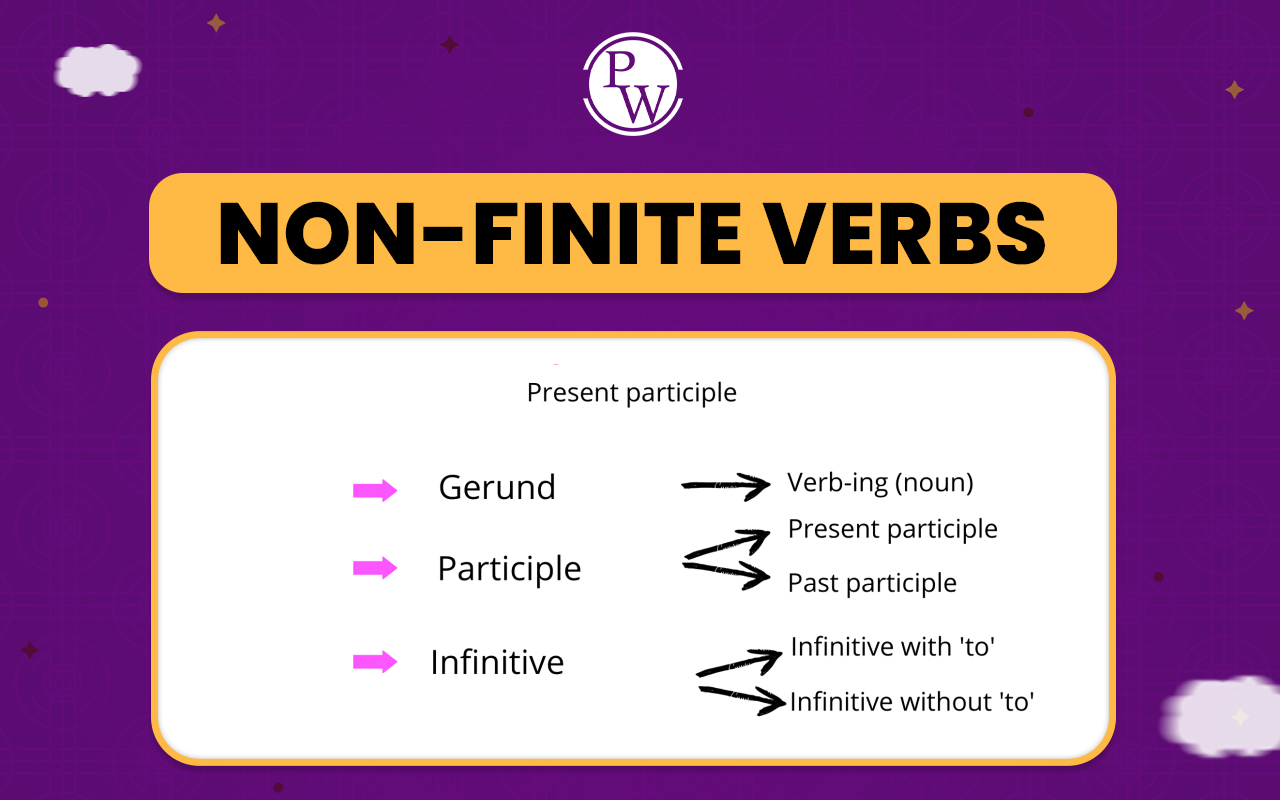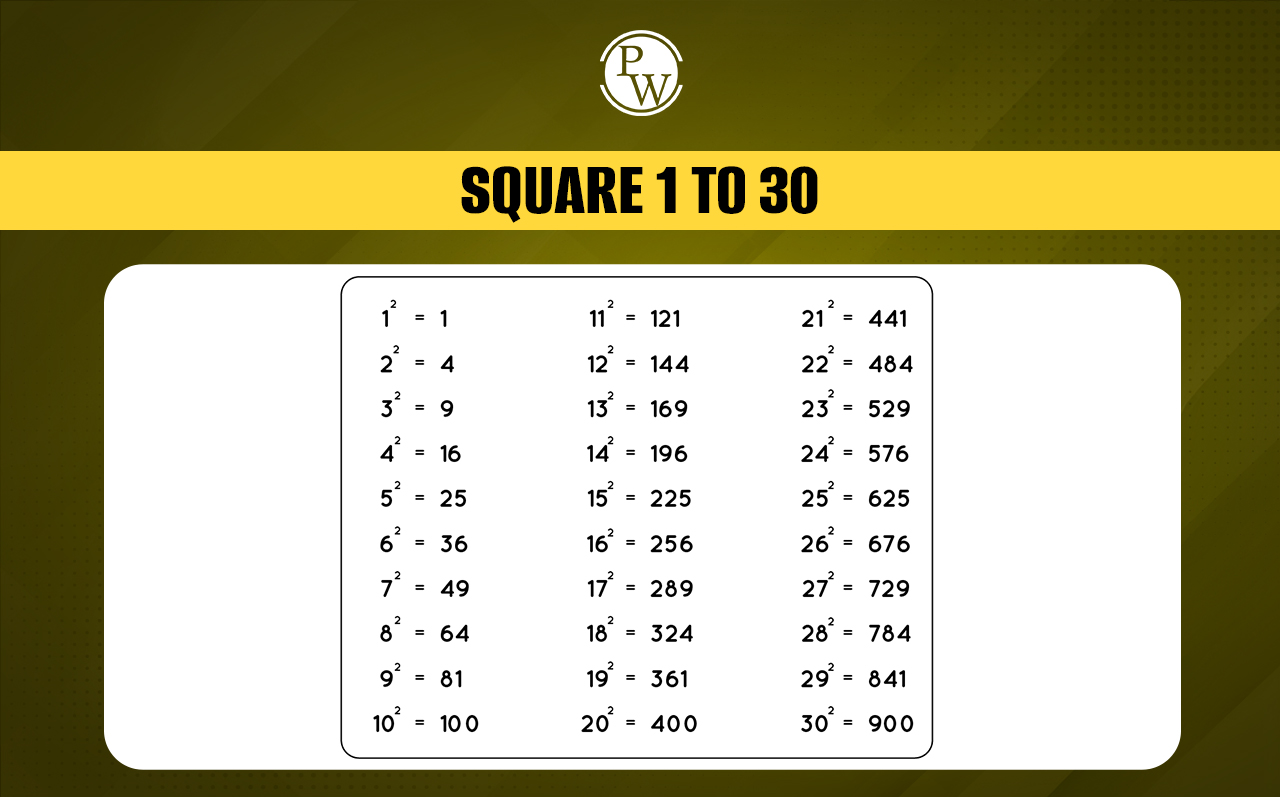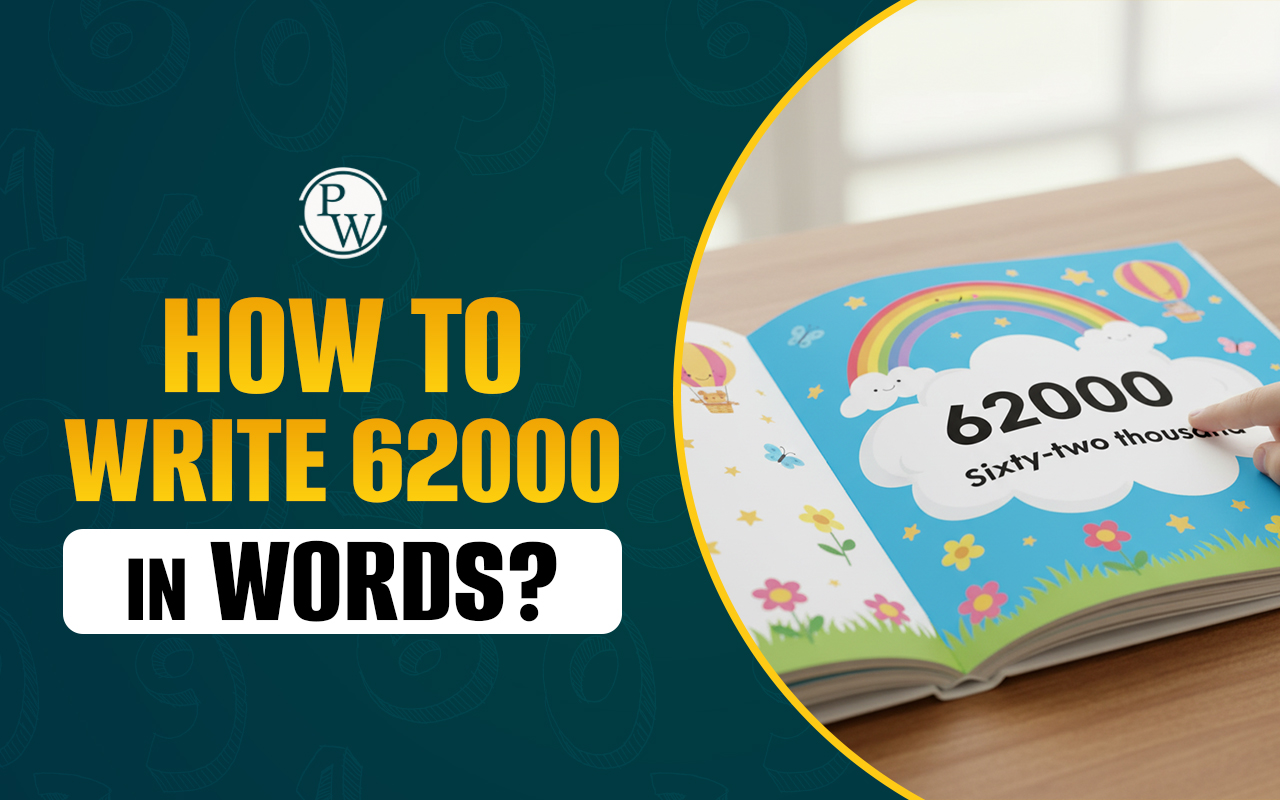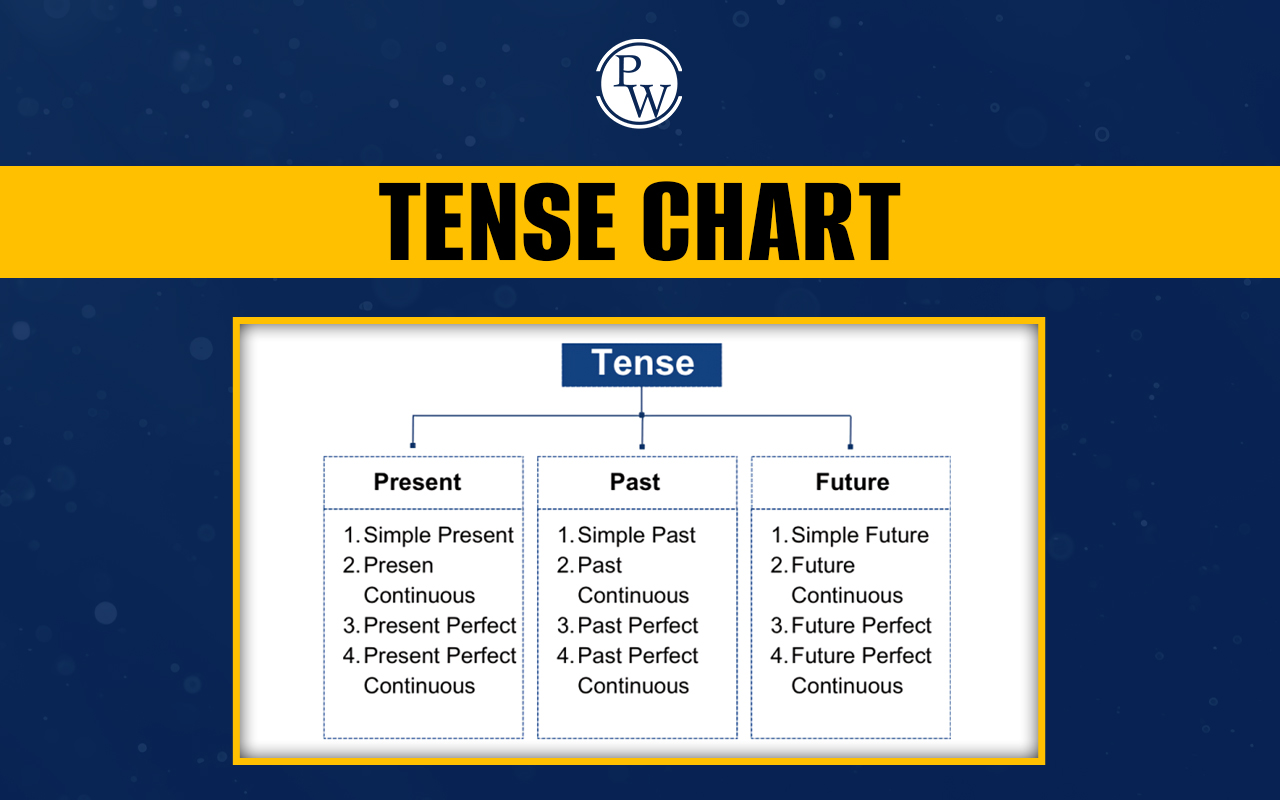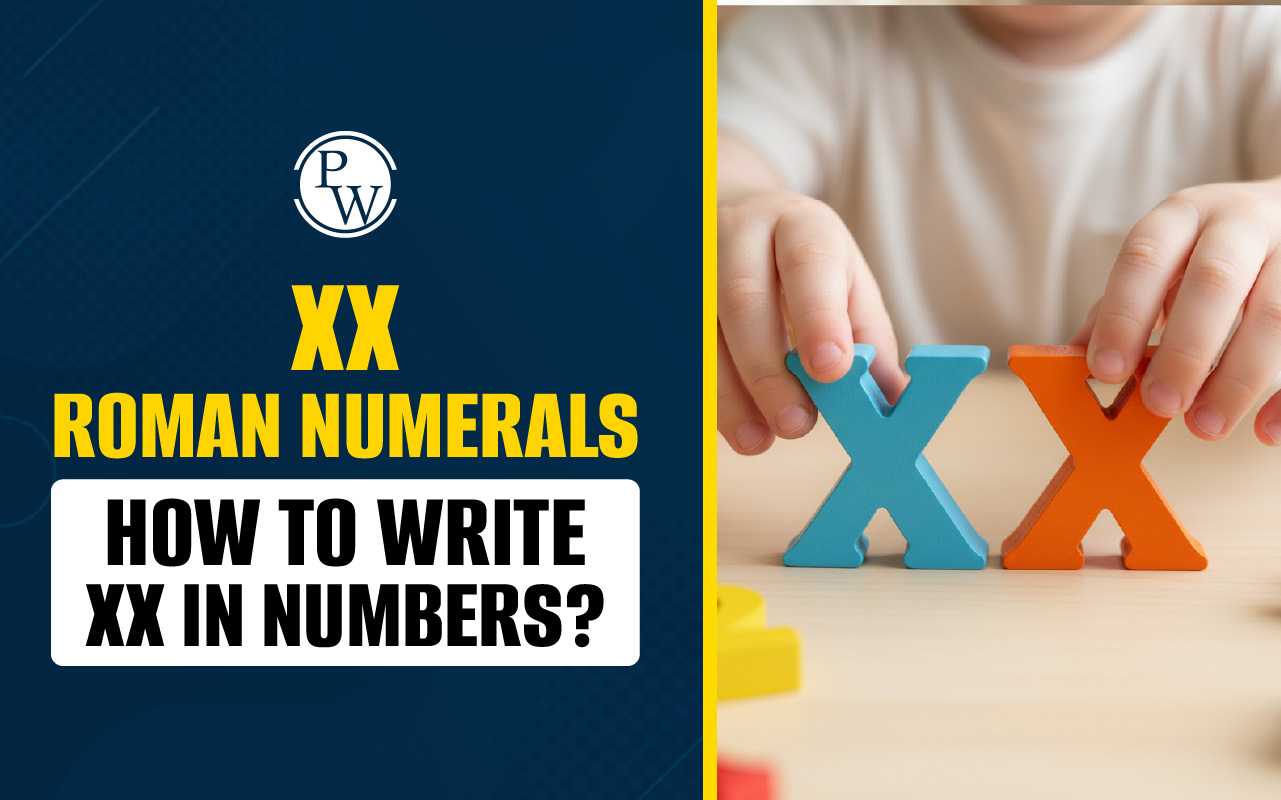
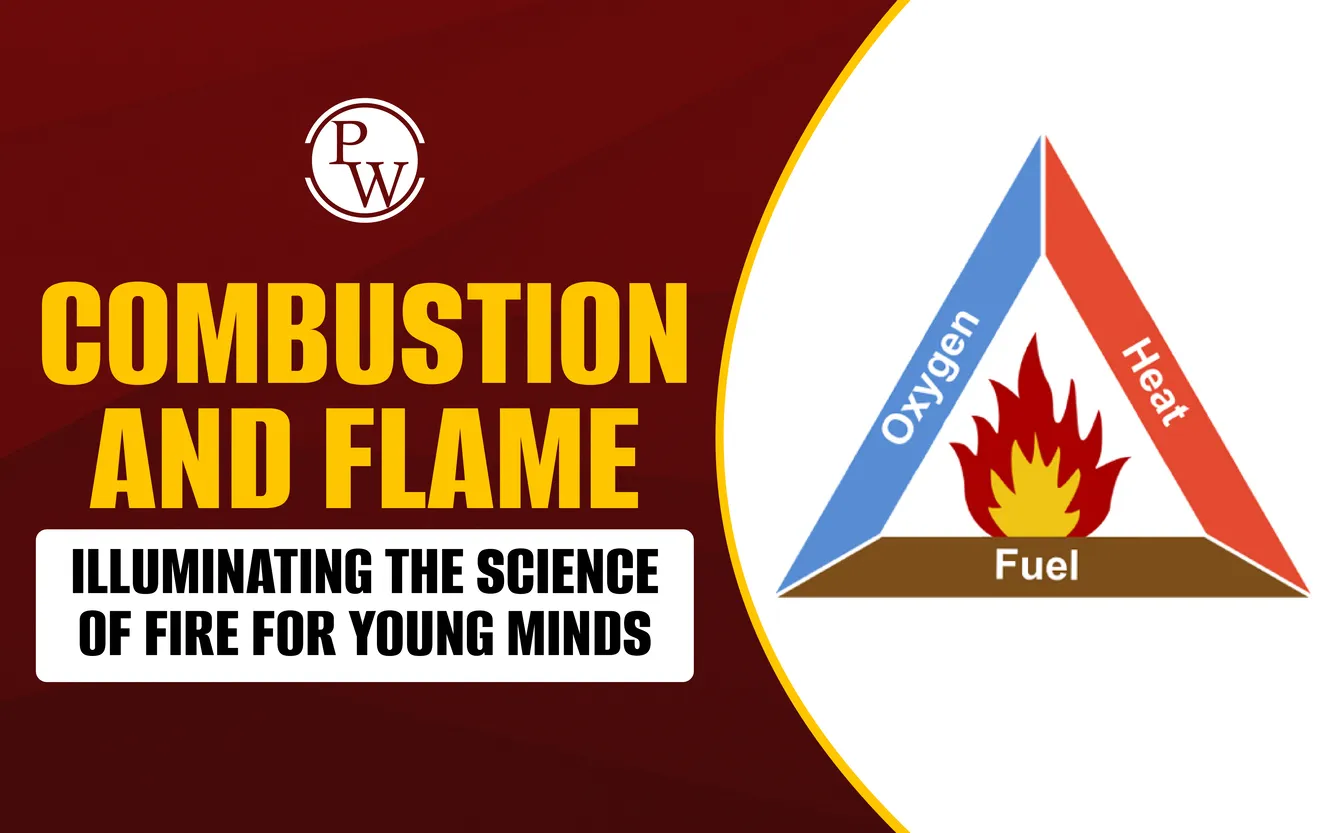
Have you ever wondered why a matchstick bursts into a bright, dancing flame when you strike it? Or why a bonfire crackles and warms us on a chilly evening? In this blog, we will talk about combustion and flame , why things burn, how flames come to life, and the important role fire plays in our lives.
What is Combustion?
At its heart, combustion and Flame is a chemical reaction that occurs when a fuel substance reacts with oxygen in the air, resulting in the release of energy in the form of heat and light. Imagine striking a matchstick – the flame that emerges is a result of the combustion process. Oxygen plays a vital role in combustion; it acts as the oxidizer that combines with the fuel to release energy. This energy is what we perceive as heat and light. Combustion isn't limited to fiery explosions; it's a fundamental process that drives many of our daily activities. From the combustion engine that powers vehicles to the stove that cooks our food, understanding combustion is crucial for designing efficient and safe systems.Combustible and Non-Combustible Substances
Combustible Substances
Imagine this: a bonfire on an evening, its warm glow and crackling sounds drawing you in. The things that make up this fiery spectacle are combustible substances. These materials have a fondness for reacting with heat and oxygen. When they engage in this reaction, they release a surge of energy in the form of both heat and light. Consider substances like wood, paper, cloth, gasoline, and even natural gas – each one possesses the potential to ignite and combust. The secret behind this combustion is the components of these materials are made of. Combustible things typically have atoms of carbon and hydrogen, which can team up with oxygen from the air in a fiery tango. When heated to the right temperature, these materials break down and create chemical reactions that give us the warmth and flames that make our hearts skip a beat.Non-Combustible Substances
Not everything is eager to fire up. There are non-combustible substances also. These are the materials that do not react when faced with heat and flames. Why don't these materials light up? It's all about their makeup. Non-combustible things usually have tough, unbreakable bonds between their atoms. These bonds need major heat to even think about breaking. So when flames arise, these materials stay put, maintaining their composure and structure without turning into a blazing spectacle.Types of Combustion
Fire possesses a mesmerising quality that captures our attention effortlessly. Whether it's the warm and comforting glow emitted by a fireplace or the breathtaking spectacle of fireworks, the science behind these flames is far more intricate than one might imagine. [caption id="attachment_4703" align="aligncenter" width="300"] Fundo Class 8 Online Course[/caption]
Fire, you see, encompasses various forms, each contributing its unique charm and serving specific purposes. Here are the different types of combustion and how they illuminate our world:
Fundo Class 8 Online Course[/caption]
Fire, you see, encompasses various forms, each contributing its unique charm and serving specific purposes. Here are the different types of combustion and how they illuminate our world:
- Rapid Combustion
- Spontaneous Combustion
- Explosive Combustion
- Slow Combustion
- Deflagration and Detonation
What is a Flame?
Flame is the visible manifestation of combustion. It's the luminous, gaseous part of the reaction that emits light due to excited particles. The colours we see in flames are a result of the different elements present in the fuel and the temperature at which they burn. Excited electrons jumping between energy levels create these vibrant colours, turning ordinary fires into amazing spectacles.Structure of Candle Flame
Have you ever found yourself lost in the flickering light of a candle flame? It's almost like a magical dance of warmth and glow, right? But have you ever wondered what's really happening within that seemingly simple flame? Well, get ready to be amazed as we dive into the amazing world of a candle flame's structure – where science and beauty intertwined. Okay, let's break it down. When you look closely at a candle flame, you'll notice three different parts. Each of these zones has its own story to tell:The Three Zones of a Candle Flame
- Inner Blue Zone (Low-Temperature Region): This is where the action begins. At the base of the flame, you'll find a subtle blue region. It might not seem like much, but it's where the vaporised wax from the candle's wick meets the oxygen in the air. This is where the party starts – the process of combustion that releases heat and light kicks off right here.
- Yellow Luminous Zone (Intermediate-Temperature Region): Moving upward, you'll see a warm, inviting yellow glow. This is where the flame truly shines, quite literally. The yellow hue comes from tiny soot particles that get super heated, creating that charming illumination we all love.
- Outer Blue Zone (Highest-Temperature Region): At the tippy-top of the flame, there's a thin blue layer. This is where things get seriously hot. Here, the vaporised wax burns completely, letting out a bunch of energy and heat. The high temperatures in this zone mean there's little room for any leftover bits – everything's getting used up.
Classification of Flame
Flames come in different types, each with its own characteristics. One way to classify flames is based on the mixture of fuel and air. A premixed flame occurs when the fuel and air are thoroughly mixed before ignition. A diffusion flame forms when the fuel and air mix as they flow towards each other. A partial combustion flame occurs when there's an insufficient amount of oxygen for complete combustion. The type of flame that occurs depends on factors like the fuel's composition, the available oxygen, and the ignition conditions. Understanding these flame types can help engineers and scientists design efficient combustion systems and minimise pollutants.Candle Flame
Think of a candle flame you see when you light up a candle. It's actually the result of a chemical reaction that happens when the wax in the candle meets the oxygen in the air. This reaction releases energy in the form of heat and light – that's where the glow comes from.Importance of Candle Flame
Turns out, the candle flame has more to offer than just good looks. Back in the day, it was the ultimate light source before electricity took over. It lit up homes, let us read after sunset, and set the mood for all sorts of occasions. Today, it's still a star in religious ceremonies, meditation vibes, and comfortable atmospheres. Studying candle flames has taught us heaps about how things burn, transfer heat, and move around. Scientists use them as examples to understand how chemicals mix and reactions happen. This knowledge isn't just for show – it helps us in creating energy, staying safe from fires, and taking care of our planet.Premixed Flame
A premixed flame is what happens when you mix fuel and air together super evenly before lighting them up. Imagine having all the ingredients for a fantastic recipe ready to go before you even start cooking – that's the idea here! This even mix creates a situation where the fuel and oxygen molecules are all comfortable and close when you introduce the spark. And what do you get? A flame that's not only amazing but also pretty efficient in terms of energy conversion.Importance of Premixed Flame
Now, why do these premixed flames matter? Well, they're not just pretty to look at; they're also super useful in various ways:- Turning Fuel into Energy: Premixed flames are like energy factories. They're really good at taking the energy stored in fuel and turning it into useful heat and light.
- Keeping Things Clean: Ever heard of "clean combustion"? Well, that's where premixed flames shine too. Since everything's so evenly mixed, you end up with fewer pollutants and nasty things being released into the air.
- Powering Engines: These flames are the heart and soul of combustion engines – the ones that power cars, planes, and more. Their even mix of fuel and air ensures that these engines run smoothly and efficiently.
- Industrial Magic: From welding to heat treatment, industries use premixed flames for precision and safety.
- Fanning the Flames of Innovation: Scientists study premixed flames to come up with new ideas, like more efficient energy use, cleaner ways to burn fuels, and even space travel tech.
Watch Full Video on Combustion and Flame
Final Thoughts
And with that, we come to the end of this article on combustion and flame . Remember, fire is a delicate fusion of fuel, heat, and oxygen. When they come together, they create the mesmerising flames we see. Fire warms us, cooks our food, and lights up our world. Just make sure to treat fire with respect and caution, like you would with any powerful tool.Combustion and Flame FAQs
Q1. What causes materials to catch fire? Ans. Combustion occurs when a material, called fuel, reacts with oxygen in the air. This chemical reaction releases energy in the form of heat and light. Common fuels include wood, paper, and gasoline. The right mix of fuel, oxygen, and heat triggers this phenomenon. Q2. Why do flames have different colours? Ans. Flames showcase a vibrant spectrum due to excited particles emitting light. The colours depend on the type of material burning. For instance, blue flames result from hotter temperatures, while green or red flames are linked to specific elements present in the fuel. Q3. How does a candle's flame work? Ans. A candle's flame consists of distinct zones—blue at its base, a yellow luminous region, and an outer blue zone. The wick draws liquid wax, which vaporises, mixes with air, and ignites, creating this layered structure that sustains the flame. Q4. What's the science behind explosive combustion? Ans. Explosive combustion occurs when fuel and oxygen combine rapidly, leading to an instantaneous release of energy. Fireworks are a classic example, where timed reactions create dazzling displays of light and sound. Q5. Why is understanding different flame types important? Ans. Flame classification is vital in industries like combustion engines and safety protocols. Knowing the nature of premixed, diffusion, and partial combustion flames helps engineers optimise energy efficiency and minimise pollutants, ensuring a safer and cleaner environment.What causes materials to catch fire?
Combustion occurs when a material, called fuel, reacts with oxygen in the air. This chemical reaction releases energy in the form of heat and light. Common fuels include wood, paper, and gasoline. The right mix of fuel, oxygen, and heat triggers this phenomenon.
Why do flames have different colours?
Flames showcase a vibrant spectrum due to excited particles emitting light. The colours depend on the type of material burning. For instance, blue flames result from hotter temperatures, while green or red flames are linked to specific elements present in the fuel.
How does a candle's flame work?
A candle's flame consists of distinct zones—blue at its base, a yellow luminous region, and an outer blue zone. The wick draws liquid wax, which vaporises, mixes with air, and ignites, creating this layered structure that sustains the flame.
What's the science behind explosive combustion?
Explosive combustion occurs when fuel and oxygen combine rapidly, leading to an instantaneous release of energy. Fireworks are a classic example, where timed reactions create dazzling displays of light and sound.
Why is understanding different flame types important?
Flame classification is vital in industries like combustion engines and safety protocols. Knowing the nature of premixed, diffusion, and partial combustion flames helps engineers optimise energy efficiency and minimise pollutants, ensuring a safer and cleaner environment.
Talk to a counsellorHave doubts? Our support team will be happy to assist you!

Free Learning Resources
PW Books
Notes (Class 10-12)
PW Study Materials
Notes (Class 6-9)
Ncert Solutions
Govt Exams
Class 6th to 12th Online Courses
Govt Job Exams Courses
UPSC Coaching
Defence Exam Coaching
Gate Exam Coaching
Other Exams
Know about Physics Wallah
Physics Wallah is an Indian edtech platform that provides accessible & comprehensive learning experiences to students from Class 6th to postgraduate level. We also provide extensive NCERT solutions, sample paper, NEET, JEE Mains, BITSAT previous year papers & more such resources to students. Physics Wallah also caters to over 3.5 million registered students and over 78 lakh+ Youtube subscribers with 4.8 rating on its app.
We Stand Out because
We provide students with intensive courses with India’s qualified & experienced faculties & mentors. PW strives to make the learning experience comprehensive and accessible for students of all sections of society. We believe in empowering every single student who couldn't dream of a good career in engineering and medical field earlier.
Our Key Focus Areas
Physics Wallah's main focus is to make the learning experience as economical as possible for all students. With our affordable courses like Lakshya, Udaan and Arjuna and many others, we have been able to provide a platform for lakhs of aspirants. From providing Chemistry, Maths, Physics formula to giving e-books of eminent authors like RD Sharma, RS Aggarwal and Lakhmir Singh, PW focuses on every single student's need for preparation.
What Makes Us Different
Physics Wallah strives to develop a comprehensive pedagogical structure for students, where they get a state-of-the-art learning experience with study material and resources. Apart from catering students preparing for JEE Mains and NEET, PW also provides study material for each state board like Uttar Pradesh, Bihar, and others
Copyright © 2025 Physicswallah Limited All rights reserved.
Get App
